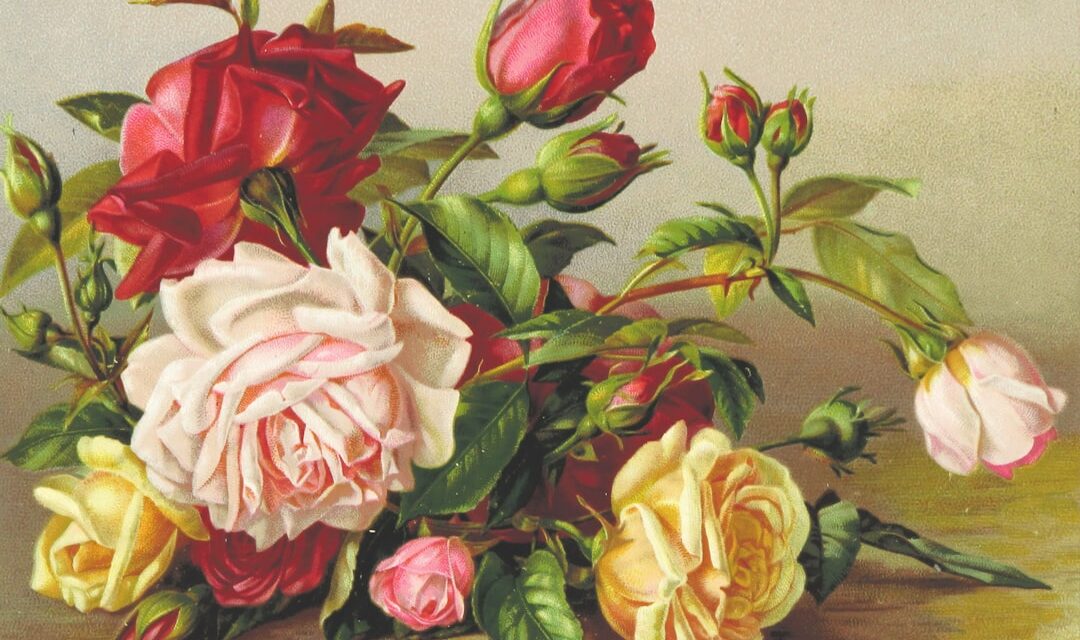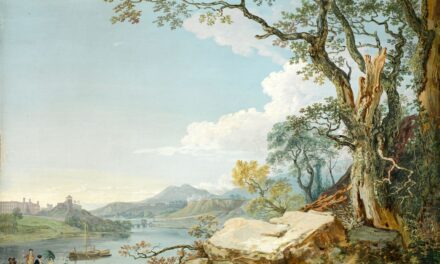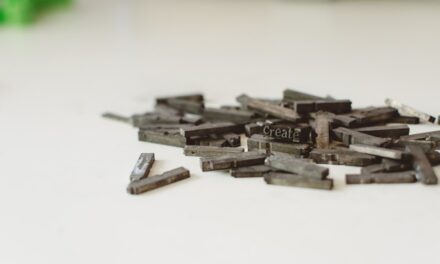Aging in artwork refers to the intentional manipulation of a piece to evoke a sense of history, nostalgia, or authenticity. This technique can be employed across various mediums, including painting, sculpture, and mixed media. Artists often seek to create a visual narrative that suggests the passage of time, imbuing their work with a depth that resonates with viewers on an emotional level.
The aesthetic of aging can manifest through various means, such as the application of patinas, the use of distressed materials, or the incorporation of elements that mimic natural wear and tear. By doing so, artists can transform a contemporary piece into something that feels timeless, inviting the audience to ponder its backstory and the experiences it may have witnessed. The concept of aging in artwork is not merely about creating a weathered appearance; it also serves as a commentary on the transient nature of life and the inevitability of decay.
This philosophical underpinning adds layers of meaning to the artwork, prompting viewers to reflect on their own experiences with time and change. In this way, aging becomes a powerful tool for storytelling, allowing artists to convey complex emotions and ideas through visual cues. The allure of aged artwork lies in its ability to connect with audiences on a personal level, evoking memories and feelings that transcend the boundaries of time and space.
Summary
- Aging in artwork refers to the intentional process of making a piece look older or weathered to convey a sense of history and character.
- The technique of aging artwork has been used for centuries, with origins dating back to ancient civilizations such as Egypt and Greece.
- Materials and tools commonly used for aging artwork include sandpaper, varnish, paint, and natural elements like tea or coffee for staining.
- Techniques for aging artwork include distressing, crackling, staining, and antiquing to achieve a desired aged effect.
- Examples of aging in art history can be seen in Renaissance paintings, antique furniture, and archaeological artifacts, showcasing the enduring appeal of aged aesthetics.
History and Origins of Aging as an Art Technique
The Origins of Aging Artwork
The practice of ageing artwork can be traced back to ancient civilisations, where artists sought to create pieces that would endure the test of time. In ancient Egypt, for instance, artists used specific techniques to ensure that their works would not only survive but also convey a sense of permanence and reverence. The use of natural pigments and durable materials was common, as these elements contributed to the longevity of the artwork.
The Development of Patina and Weathering Techniques
Over time, the desire to replicate the effects of age became more pronounced, leading to the development of various methods aimed at achieving an authentic patina or weathered look. This historical context highlights how the concept of ageing has been intertwined with artistic expression for millennia. During the Renaissance period, the appreciation for aged artworks surged as collectors began to favour pieces that bore the marks of time.
Embracing Imperfections in Art
Artists like Rembrandt and Caravaggio employed techniques that enhanced the depth and richness of their paintings, often using glazes and layering methods that mimicked the effects of age. This era marked a significant shift in how artists approached their work; rather than striving for perfection, many began to embrace imperfections as a means of conveying emotion and narrative.
The Evolution of Aging in Modern Art
The evolution of ageing as an art technique continued into the modern era, where movements such as Impressionism and Abstract Expressionism further explored the relationship between time, memory, and artistic expression.
Materials and Tools Used for Aging Artwork

To effectively age artwork, artists utilise a variety of materials and tools that facilitate the desired effects. Commonly used materials include paints, varnishes, and mediums that can alter the appearance of a surface. For instance, acrylic paints can be thinned with water or mixed with mediums to create washes that simulate the look of aged surfaces.
Oil paints are also popular due to their slow drying time, allowing for blending techniques that can enhance the illusion of depth and age. Additionally, artists may incorporate natural materials such as sand or dirt to add texture and authenticity to their work. In terms of tools, brushes are essential for applying paint and mediums, but artists often employ unconventional items such as sponges or rags to achieve specific effects.
For example, a sponge can create a mottled appearance reminiscent of weathered surfaces, while a rag can be used for wiping away excess paint to reveal underlying layers. Other tools may include palette knives for scraping and layering paint or even sandpaper for distressing surfaces. The choice of materials and tools ultimately depends on the artist’s vision and the specific aging effect they wish to achieve, making experimentation an integral part of the process.
Techniques for Aging Artwork
There are numerous techniques that artists can employ to age their artwork effectively. One popular method is the use of glazing, which involves applying thin layers of transparent paint over dried layers to create depth and richness. This technique can mimic the effects of time by allowing underlying colours to show through while simultaneously adding a sense of warmth or coolness to the overall composition.
Glazing can be particularly effective in portraiture or landscapes where subtle shifts in colour can evoke a sense of nostalgia or memory. Another technique involves distressing surfaces through physical manipulation. Artists may use tools such as sandpaper or steel wool to wear down certain areas of a painting or sculpture, creating an uneven texture that suggests age.
This method can be particularly impactful when combined with other techniques like staining or washing, which can further enhance the aged appearance. Additionally, artists may choose to incorporate found objects or materials that already exhibit signs of wear into their work, thereby adding an authentic touch that speaks to the passage of time.
Examples of Aging in Art History
Throughout art history, numerous examples illustrate the effective use of aging techniques to convey meaning and emotion. One notable instance is found in the works of Vincent van Gogh, whose expressive brushwork and vibrant colours often evoke a sense of urgency and transience. In pieces like “Starry Night,” the swirling skies suggest movement and change, inviting viewers to contemplate the fleeting nature of existence.
The visible brushstrokes themselves can be seen as a testament to time’s passage, as they capture both the artist’s emotional state and the ephemeral beauty of the world around him. Another significant example is found in the Baroque period, particularly in the works of Caravaggio. His use of chiaroscuro—contrasting light and shadow—creates a dramatic tension that enhances the emotional weight of his subjects.
The aged appearance of his canvases today adds another layer to this effect; viewers are not only drawn into the narrative but are also reminded of the historical context in which these works were created. The interplay between light and dark in Caravaggio’s paintings serves as a metaphor for life’s complexities, further emphasising how aging techniques can enrich an artwork’s narrative.
Contemporary Uses of Aging in Art

The Role of Aging Techniques in Contemporary Art
In contemporary art practice, ageing techniques continue to play a vital role in how artists express their ideas and engage with audiences. Many modern artists explore themes related to memory, identity, and history through the lens of ageing. For instance, some utilise found objects or repurposed materials that carry their own histories, thereby creating a dialogue between past and present.
Exploring Sustainability and Historical Connections
This approach not only highlights issues related to sustainability but also invites viewers to consider their own connections to history and memory. Moreover, contemporary artists often experiment with digital media to simulate ageing effects in innovative ways. Techniques such as digital manipulation or photo editing allow for the creation of artworks that appear aged without traditional physical processes.
Authenticity and Perception in the Digital Age
This intersection between technology and traditional methods raises intriguing questions about authenticity and perception in art today. As artists continue to push boundaries and redefine what it means to age artwork, they invite audiences to engage with complex narratives that reflect our shared human experience.
Redefined Boundaries in Art
The ongoing evolution of ageing techniques in contemporary art practice encourages artists to experiment and challenge conventional norms. By embracing both traditional and digital methods, artists are able to create innovative and thought-provoking works that resonate with audiences on a deeper level.
Challenges and Considerations when Aging Artwork
While aging techniques can enhance an artwork’s emotional resonance, they also present certain challenges that artists must navigate carefully. One significant consideration is the potential for over-manipulation; excessive distressing or ageing can detract from an artwork’s intended message or aesthetic appeal. Striking a balance between authenticity and artistic intent is crucial; artists must remain mindful not only of how their techniques affect visual perception but also how they align with their overarching narrative.
Additionally, there are practical challenges associated with ageing artwork that artists must consider. For instance, certain materials may react unpredictably over time; what appears aged today may not maintain its integrity in the future. Artists must therefore choose their materials wisely and consider how environmental factors such as light exposure or humidity might impact their work over time.
Understanding these dynamics is essential for creating pieces that not only resonate with viewers but also endure through changing conditions.
Tips for Incorporating Aging into Your Own Artwork
For those looking to incorporate aging techniques into their own artistic practice, several tips can help guide the process effectively. First and foremost, experimentation is key; artists should feel free to explore various materials and methods without fear of failure. Creating test pieces allows for exploration without the pressure associated with finished works.
This approach fosters creativity while providing valuable insights into how different techniques interact with one another. Additionally, studying historical examples can provide inspiration and inform one’s practice. By examining how past artists approached aging in their work—whether through colour choices, texture applications, or layering techniques—contemporary artists can gain valuable insights into effective methods for achieving similar effects today.
Finally, it is essential to remain open-minded about what “aging” means within one’s artistic context; embracing imperfections and unexpected outcomes can lead to unique expressions that resonate deeply with both artist and audience alike.
For those interested in exploring the nuances of the art technique known as Aging (artwork), it might be enriching to delve into the works of classical artists who mastered the manipulation of texture and effect to give their pieces a timeless quality. A particularly relevant exploration can be found in the study of Leonardo da Vinci, whose mastery in layering and detailed understanding of materials provides a profound context for aging techniques in art. To gain deeper insight into his methodologies and their impact on the art of aging, consider reading An Introduction to the Artist Leonardo da Vinci. This article offers a comprehensive look at how da Vinci’s techniques have influenced various art forms, including the intentional aging of artwork to enhance its aesthetic and historical value.




